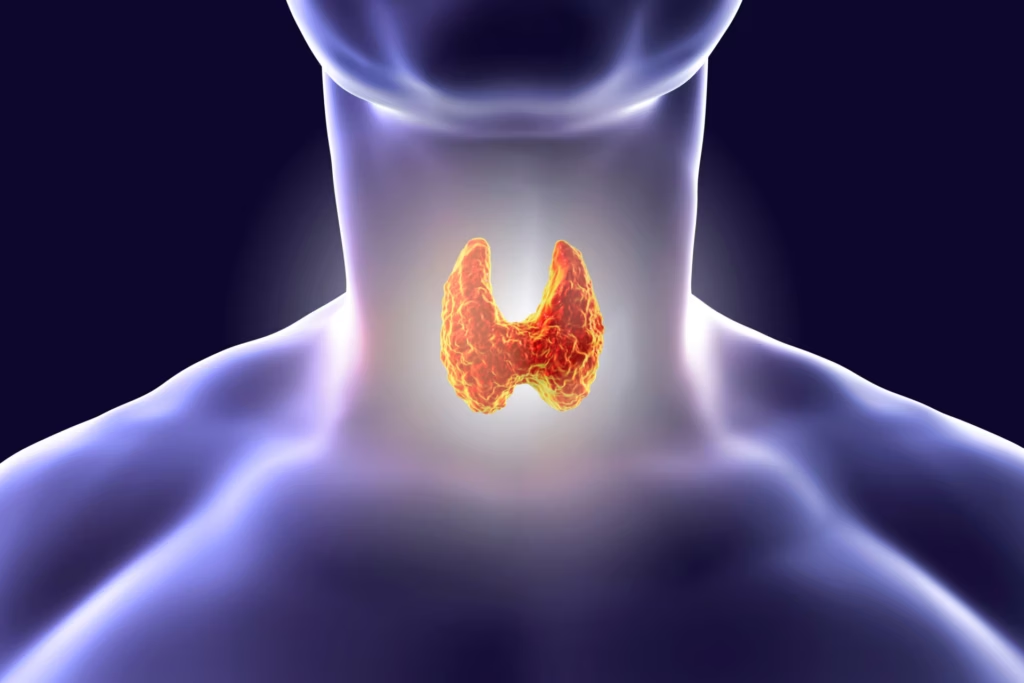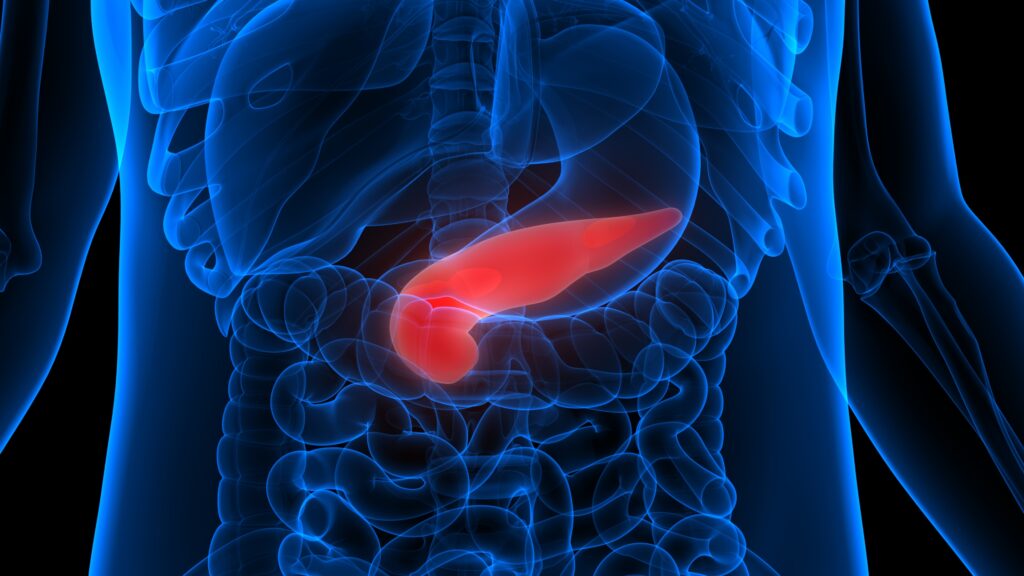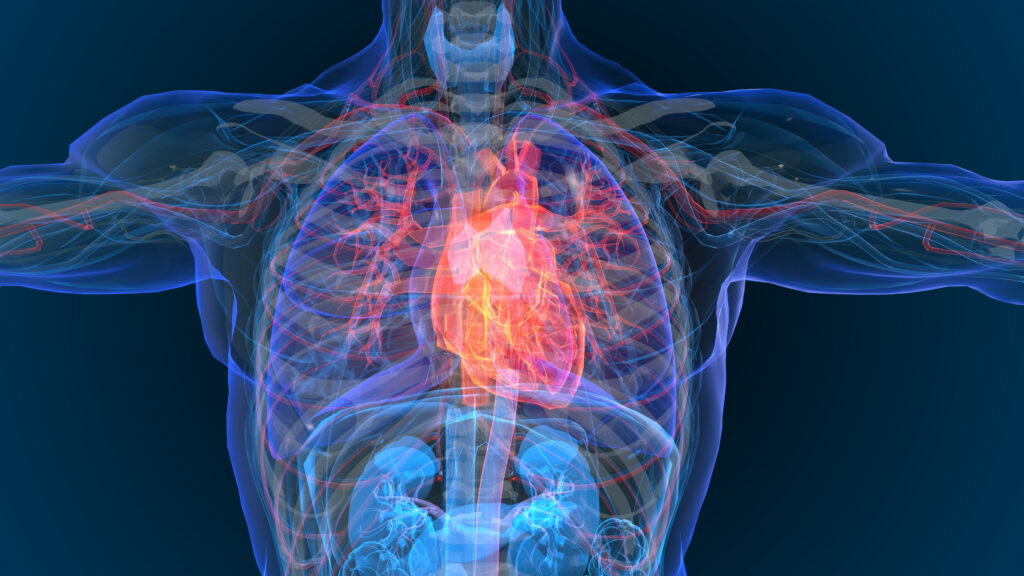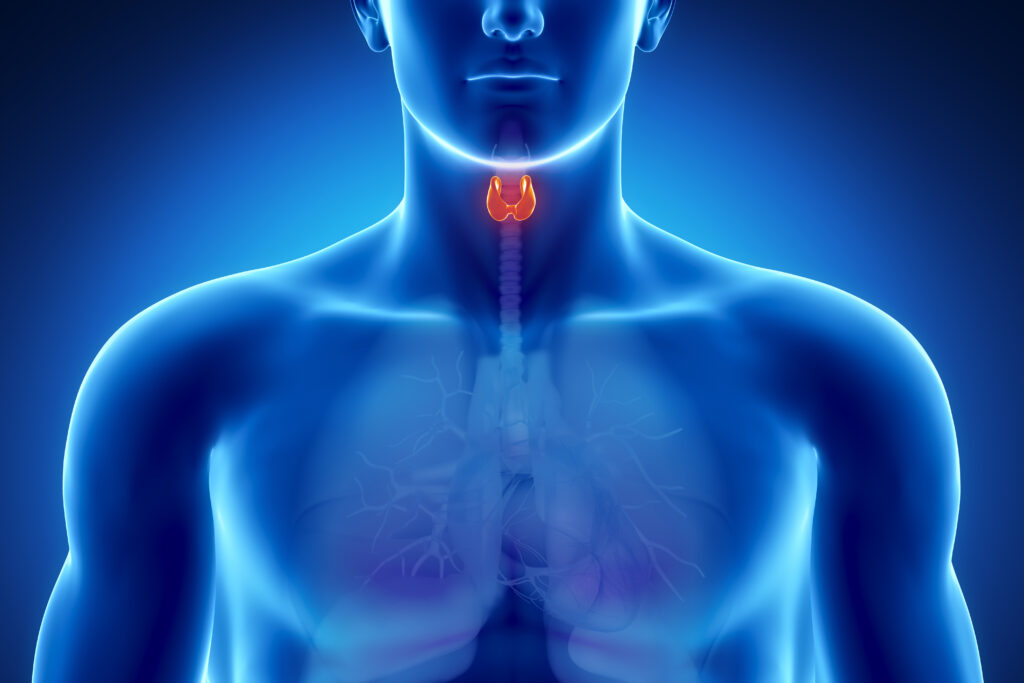Search Results
Showing Results for hyperthyroidism

Thyroid eye disease (TED), also known as Graves’ orbitopathy, is a complex autoimmune disorder driven by an interplay of immune cells, orbital fibroblasts and tissue remodelling factors that lead to inflammation, oedema and, ultimately, potential vision loss.1 While the disease ...

It is with great pleasure that we present this latest issue of touchREVIEWS in Endocrinology, which brings together a diverse array of high-quality articles focused on the evolving landscape of endocrine disorders. The importance of patient-centred care is exemplified in ...

The prevalence of diabetes during pregnancy is rapidly increasing. In the USA alone, an estimated 1–2% of pregnant women have type 1 diabetes (T1D) or type 2 diabetes (T2D), and an additional 6–9% develop gestational diabetes.1 From 2000 to 2010, the prevalence of gestational ...

Hyperthyroidism is prevalent in 0.1–2.5% of the population, and Graves’ disease is diagnosed in 80% of patients with hyperthyroidism.1,2 This condition arises from the uncontrolled, excessive activation of the thyroid-stimulating hormone (TSH) receptor by autoreactive TSH-receptor antibodies.2 Elevated thyroid hormones in hyperthyroidism ...

Thyroid nodules are common worldwide, and their prevalence is increasing. Most nodules are asymptomatic and detected incidentally on cross-sectional imaging or physical examination. In rare cases (10–15%), nodules are malignant and require diagnostic evaluation. Even malignant nodules frequently show non-aggressive behaviour.1 ...

Alopecia is a dermatological disorder characterized by hair loss from the scalp or body.1–3 It is one of the most common dermatological disorders worldwide and has several aetiologies, such as hereditary background, hormonal imbalance, infection or idiopathic causes.1,3,4 Alopecia can ...

Thyrotoxicosis refers to the signs and symptoms derived from excess circulating thyroid hormones in the body,1 which must be differentiated from hyperthyroidism, in which there is an increase in the synthesis and secretion of hormones by the thyroid gland.2 Approximately 1% ...

Current evidence indicates cardio‐metabolic effects from antithyroid drugs and other definitive treatment options for hyperthyroidism. The EGRET study aimed to assess the differences in mortality and cardiometabolic outcomes depending on the method of treatment in order to better inform ...

Hyperthyroidism, also called overactive thyroid, occurs when your thyroid gland overproduces thyroid hormones. In this touchENDOCRINOLOGY interview, Prof. Kristien Boelaert (University of Birmingham, Birmingham, United Kingdom) discusses the challenges faced in the long term treatment of hyperthyroidism. The abstract entitled: ...

On 31 December 2019, the World Health Organization (WHO) was notified of several cases of pneumonia of unknown aetiology in Wuhan, China. After a relatively short period, officials confirmed the first case of coronavirus disease 2019 (COVID-19) reported outside of China, in Thailand, ...

Immune checkpoints are small molecules that are present on the cell surface of T lymphocytes to regulate the immune response. While some of these molecules enhance the stimulatory signals, others boost the inhibitory signals to blunt the activity of T ...

Hyperthyroidism is associated with neurological symptoms, such as tremor and muscle weakness, but chorea is rare and occurs in less than 2% of patients.1 Chorea is rarely seen at presentation in Graves’ disease, and more commonly occurs with streptococcal infection. Acute ...

Tuberculosis (TB) is a major public health concern in low- and middle-income countries (LMICs) of Asia and Africa, which have a high burden of human immunodeficiency virus (HIV) infection and malnutrition. It is epidemic in these regions being associated with ...

Welcome to the latest edition of US Endocrinology, which features topical articles covering various areas of endocrinology. As COVID-19 continues to dominate headlines worldwide, we begin with an editorial by Kumar et al. that considers the exogenous production of steroids ...

Takotsubo cardiomyopathy (TCMP), also known as ‘broken heart syndrome’ or ‘stress cardiomyopathy’, is a well-characterised condition. It presents in the acute phase with clinical, biochemical and electrocardiographic features similar to acute myocardial infarction. However, on performing an angiogram, the patient ...

McCune–Albright syndrome (MAS) is a genetic disorder first described by McCune1 and Albright2 in the 1930s as a triad of polyostotic fibrous dysplasia, café-au-lait spots, and precocious puberty (Figure 1). Since then, other hyperfunctioning endocrinopathies have been described in ...

Welcome to the summer edition of US Endocrinology. In this issue we present authoritative, up-to-date information on a wide range of salient topics. The pandemic of obesity is driving the diabetes epidemic across the globe, with developing countries especially bearing ...

Welcome to the latest edition of European Endocrinology. The recent outbreak of COVID-19 has impacted on all aspects of our profession, from the cancellation of medical conferences to the risk that COVID-19 imposes on patients with diabetes. Educating our patients ...
Latest articles videos and clinical updates - straight to your inbox
Log into your Touch Account
Earn and track your CME credits on the go, save articles for later, and follow the latest congress coverage.
Register now for FREE Access
Register for free to hear about the latest expert-led education, peer-reviewed articles, conference highlights, and innovative CME activities.
Sign up with an Email
Or use a Social Account.
This Functionality is for
Members Only
Explore the latest in medical education and stay current in your field. Create a free account to track your learning.

